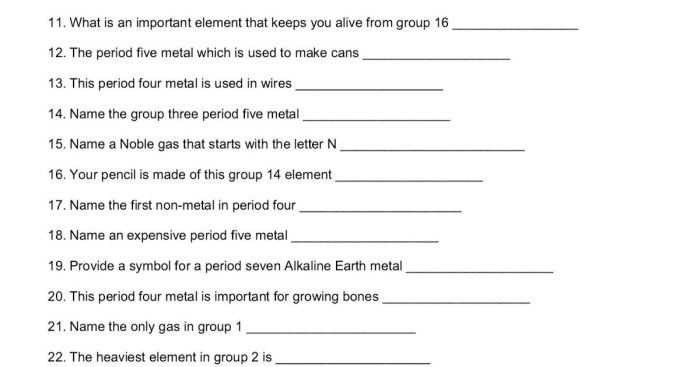Significant figures chemistry worksheet answers are essential for accurate and precise chemical calculations. Understanding the rules and applications of significant figures ensures reliable and meaningful results in various chemistry contexts.
This comprehensive guide provides a thorough overview of significant figures, including their definition, rules for determination, and impact on mathematical operations. Additionally, it covers rounding and reporting guidelines, applications in chemical calculations, and practice problems with detailed solutions.
Understanding Significant Figures
Significant figures are digits in a measurement that are known with certainty and one uncertain digit. They are important in chemistry because they indicate the accuracy and precision of measurements and calculations.
The rules for determining the number of significant figures in a measurement are as follows:
- All non-zero digits are significant.
- Zeroes between non-zero digits are significant.
- Trailing zeroes after a decimal point are significant.
- Leading zeroes before the first non-zero digit are not significant.
For example, the measurement 12.30 has three significant figures, while the measurement 0.005 has one significant figure.
Operations with Significant Figures, Significant figures chemistry worksheet answers
When performing operations with significant figures, the following rules apply:
- When adding or subtracting numbers, the answer should be rounded to the least number of decimal places of the numbers being added or subtracted.
- When multiplying or dividing numbers, the answer should be rounded to the same number of significant figures as the number with the fewest significant figures.
For example, the sum of 12.3 and 4.56 is 16.86, which should be rounded to 16.9 since 4.56 has only two significant figures.
Rounding and Reporting Significant Figures
When rounding numbers to the correct number of significant figures, the following rules apply:
- If the digit to be dropped is less than 5, the last retained digit remains unchanged.
- If the digit to be dropped is greater than or equal to 5, the last retained digit is increased by 1.
For example, the number 12.345 rounded to two significant figures is 12.3.
Applications of Significant Figures
Significant figures are important in chemical calculations because they affect the accuracy and precision of the results. For example, if a calculation involves two measurements with two significant figures each, the answer should be reported with only two significant figures.
Significant figures are also used in real-world applications, such as determining the concentration of a solution. For example, if a solution is prepared by dissolving 1.23 g of NaCl in 100.0 mL of water, the concentration of the solution can be calculated as follows:
“`Concentration = (mass of solute / volume of solution)= (1.23 g / 100.0 mL)= 0.0123 g/mL“`
Since the mass of solute has three significant figures and the volume of solution has three significant figures, the concentration of the solution should be reported with three significant figures as 0.0123 g/mL.
Questions and Answers: Significant Figures Chemistry Worksheet Answers
What are significant figures?
Significant figures are digits in a number that are known with certainty, plus one estimated digit.
How do I determine the number of significant figures in a measurement?
Follow the rules for counting significant figures, which involve considering zeros and non-zeros.
What are the rules for adding and subtracting numbers with significant figures?
The answer should be rounded to the least number of decimal places of the numbers being added or subtracted.
